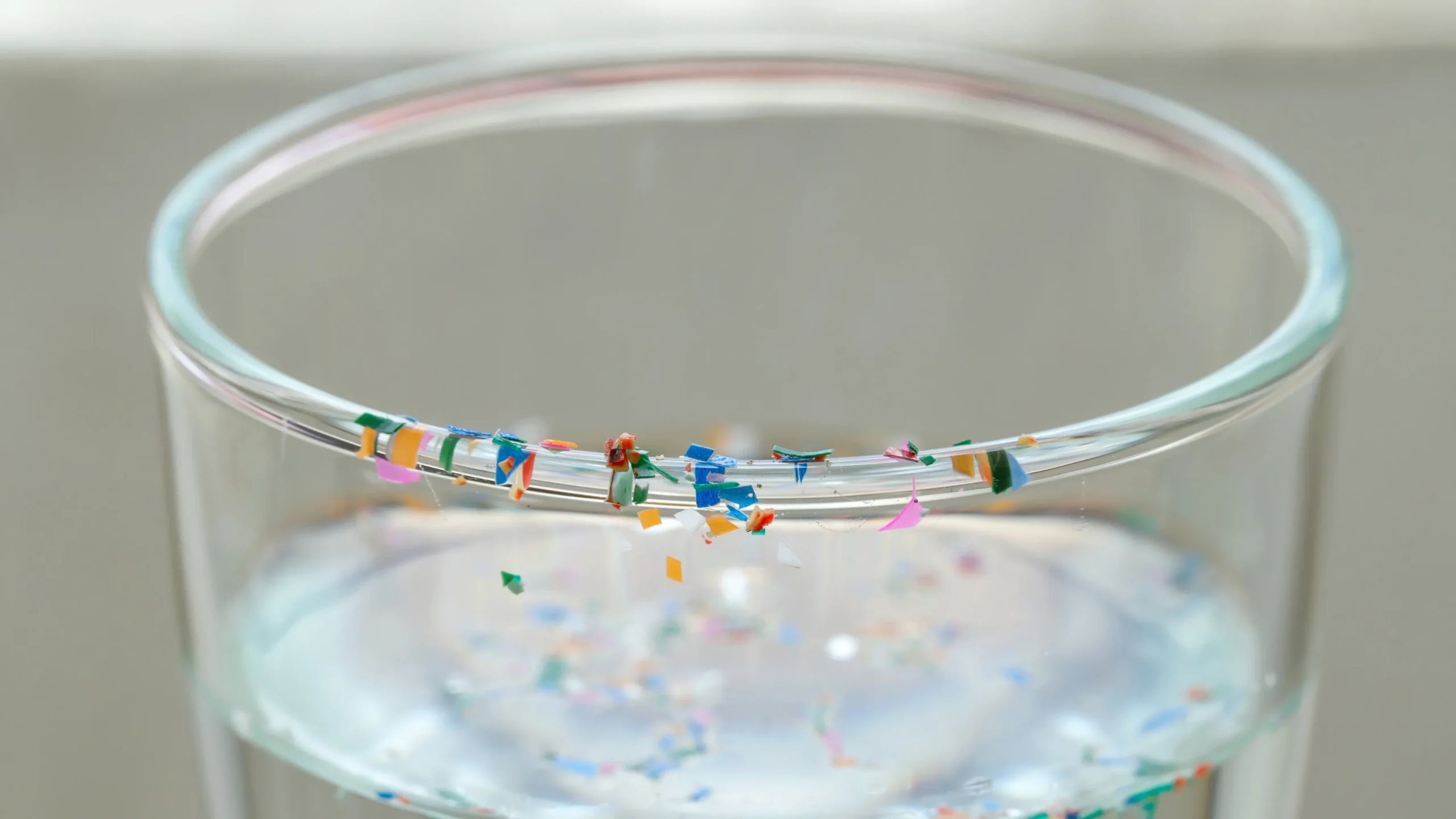
Recycling Microfibres to Power the Clean Battery Future.
At Cleaner Seas Group, we’ve always believed that tackling ocean pollution and advancing clean technology...

Microfibre pollution is a growing environmental issue, with billions of microscopic plastic fibres entering our waterways daily. Domestic washing machines and industrial laundry facilities are among the leading contributors. However, there are effective solutions to mitigate this problem, ranging from raising awareness to implementing advanced filtration systems. Let’s dive into the problem and the strategies available to combat it.
Awareness is the first step towards change. Studies estimate that a single load of laundry can release up to 700,000 microfibres into wastewater. Synthetic materials like polyester, nylon, and acrylic are the main culprits, shedding fibres during washing. These microfibres are so small that traditional wastewater treatment plants struggle to capture them, allowing them to enter rivers, oceans, and even our food chain.
The impacts are staggering. Microfibres harm marine life when ingested, disrupt ecosystems, and pose potential health risks to humans. By understanding the sources and consequences of microfibre pollution, consumers and industries can take proactive steps to address it.
Governments and organisations worldwide are beginning to recognise the urgency of tackling microfibre pollution. Legislative and certification frameworks are emerging to promote better practices and technologies:
These initiatives highlight the importance of collaboration between governments, industries, and consumers to reduce microfibre pollution on a systemic level.
One of the most effective ways to tackle microfibre pollution is through filtration. By capturing fibres before they enter wastewater systems, we can significantly reduce their environmental impact.
Capturing microfibres is only part of the solution. Recycling them into new products can close the loop and minimise waste:
While recycling microfibres remains a developing field, it holds immense potential for reducing the long-term impact of plastic pollution.
Filtration technologies are key to addressing microfibre pollution at both domestic and industrial levels. Here’s how they work and what the future holds:
Retro-fit filters, like the Indi™ Home Microfibre Filter, are designed to integrate seamlessly with existing washing machines. Easy to install and maintain, these filters capture microfibres at the source, providing a practical solution for households looking to reduce their environmental footprint. By investing in a washing machine microfiber filter, consumers can take a simple yet impactful step towards cleaner waterways.
While retro-fit filters are effective, the ultimate goal is to develop integrated filtration systems:
The fight against microfibre pollution requires a combination of individual actions, industry innovation, and government regulation. By raising awareness, implementing mandatory standards, and adopting advanced filtration technologies, we can significantly reduce the impact of microfibres on our environment.
Cleaner Seas’ Indi™ Home Microfibre Filter offers an accessible and effective solution for households, while industrial facilities and wastewater treatment plants must also adopt comprehensive strategies. Together, these efforts can pave the way for a cleaner, healthier planet.
Take action today. Visit Cleaner Seas to learn more about the Indi™ Home Microfibre Filter and join the fight against microfibre pollution.
Get monthly ocean news, offers, events and updates on our mission.
By clicking subscribe, you agree to our Terms and Conditions.
